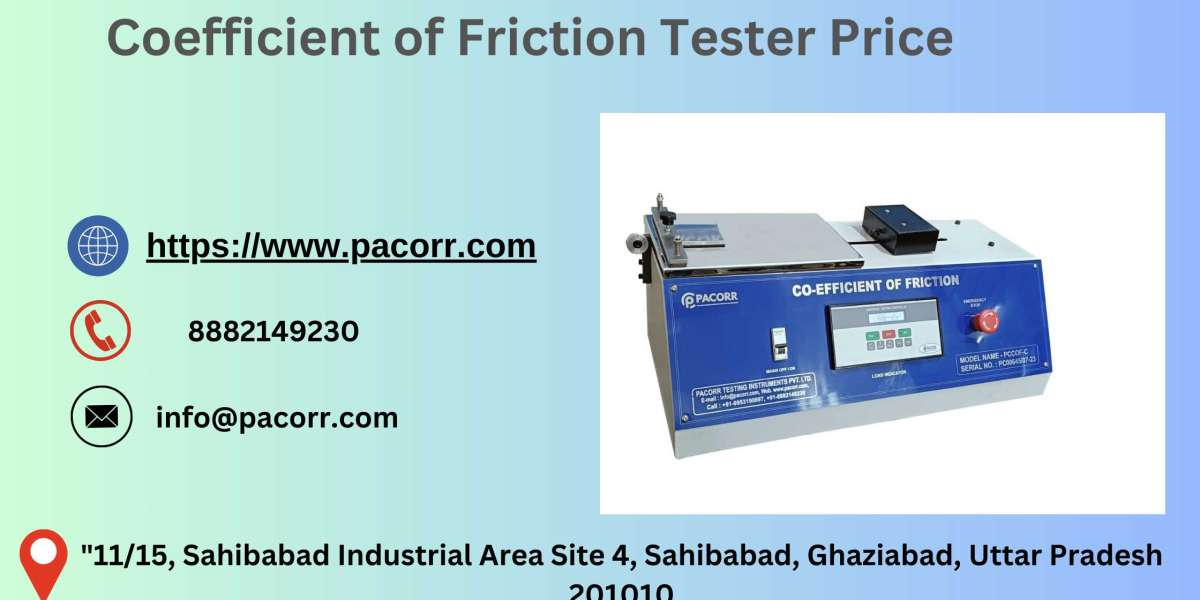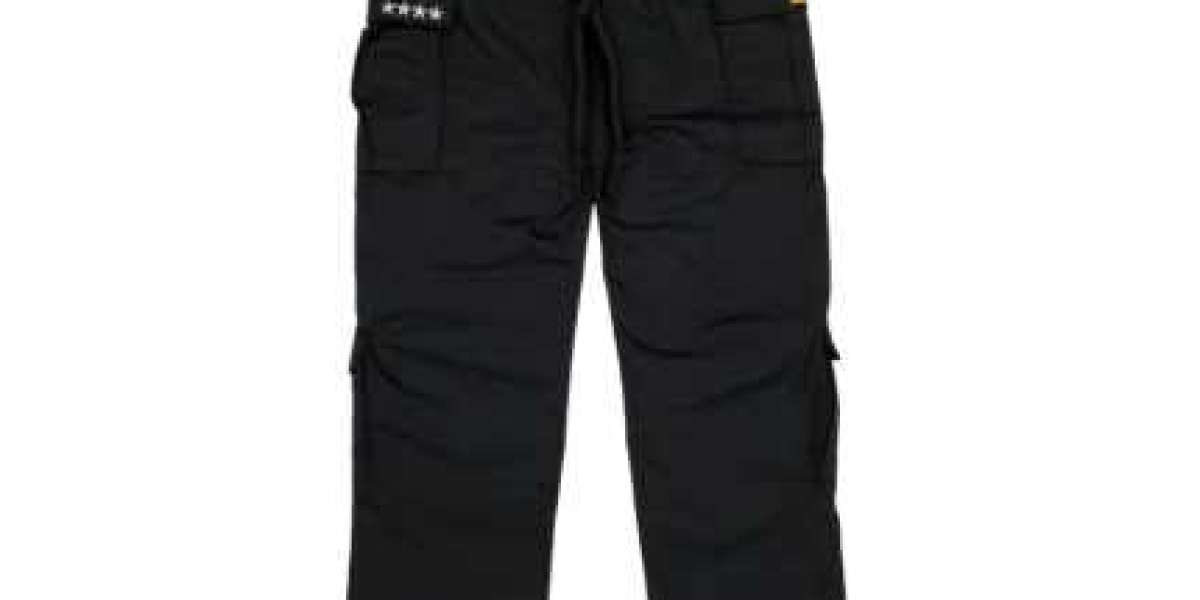Introduction to Coefficient of Friction Testing
In the realm of material testing, the Coefficient of Friction (COF) Tester plays a pivotal role. This specialized instrument measures the resistance encountered when two surfaces slide against each other. Understanding this frictional force is essential for various industries, from packaging and textiles to automotive and aerospace sectors. By accurately determining the COF, manufacturers can ensure the quality, performance, and safety of their products.
Importance of Coefficient of Friction Testing
- Quality Assurance: The COF Tester helps in maintaining consistent quality by ensuring that materials meet specified frictional properties. This is crucial for products where surface interaction affects functionality, such as packaging films or conveyor belts.
- Performance Optimization: Knowing the COF aids in optimizing product performance. For instance, in the automotive industry, the COF between tire rubber and road surface impacts vehicle handling and safety.
- Safety Compliance: Many industries adhere to safety standards that mandate specific COF values. Accurate testing ensures compliance, thereby reducing liability and enhancing consumer safety.
- Material Selection: Engineers and designers can select the most suitable materials for their applications by understanding the frictional characteristics, thus improving product durability and performance.
Working Principle of the Coefficient of Friction Tester
The COF Tester operates on a straightforward principle. A sample material is placed on a horizontal surface, and a sled of a specific weight is pulled across it. The force required to move the sled is measured, and the COF is calculated using the formula:
COF=Force Weight of the sled\text {COF} = \frac{\text{Force}}{\text{Weight of the sled}}COF=Weight of the sled Force
There are two types of COF that can be measured:
- Static COF: The initial resistance to motion when the sled starts to move.
- Dynamic COF: The resistance encountered when the sled is already in motion.
Features of the Coefficient of Friction Tester
- High Precision Sensors: Equipped with advanced sensors, the COF Tester ensures accurate and repeatable measurements.
- User-friendly Interface: Modern testers come with digital displays and software interfaces that simplify data recording and analysis.
- Versatility: These testers can accommodate various materials, including plastics, papers, textiles, and metals.
- Automated Testing: Many COF Testers offer automated testing capabilities, reducing human error and increasing testing efficiency.
- Compliance with Standards: The COF Testers are designed to comply with international standards such as ASTM D1894 and ISO 8295, ensuring globally recognized results.
Applications of Coefficient of Friction Testing
- Packaging Industry: COF testing ensures that packaging materials have the right frictional properties to prevent slippage and ensure secure stacking.
- Textile Industry: By measuring the COF of fabrics, manufacturers can enhance the feel and durability of textiles.
- Automotive Industry: Testing the COF of tires and brake components helps in designing safer vehicles.
- Aerospace Industry: COF testing is vital for materials used in aircraft, where precise surface interactions can impact performance and safety.
- Manufacturing Industry: COF testing helps in the selection of materials for conveyor systems and other machinery, ensuring smooth and efficient operations.
Benefits of Using a Coefficient of Friction Tester
- Enhanced Product Quality: Consistent COF testing ensures that products meet the desired quality standards, leading to higher customer satisfaction.
- Cost Efficiency: By preventing material failures and ensuring optimal material selection, COF testing can reduce production costs and waste.
- Improved Safety: Accurate COF measurements help in designing safer products, from packaging that doesn’t slip to tires with better grip.
- Regulatory Compliance: Adhering to industry standards through COF testing ensures that products are compliant with regulatory requirements, avoiding potential legal issues.
- Innovation: Understanding the frictional properties of materials allows for innovative design and improved product functionality.
Choosing the Right Coefficient of Friction Tester
When selecting a COF Tester, consider the following factors:
- Material Compatibility: Ensure the tester can accommodate the range of materials you need to test.
- Accuracy and Precision: Look for testers with high precision sensors and reliable measurement capabilities.
- Ease of Use: Choose a tester with a user-friendly interface and automated features to simplify the testing process.
- Compliance with Standards: Ensure the tester meets relevant international standards for COF measurement.
- Data Analysis Capabilities: opt for testers that offer robust data analysis and reporting features, making it easier to interpret and utilize the results.
Conclusion
The Coefficient of Friction Tester is an indispensable tool for industries where surface interaction plays a critical role. By providing accurate and reliable measurements of frictional properties, it helps in maintaining quality, optimizing performance, and ensuring safety. Investing in a high-quality COF Tester not only enhances product development but also ensures compliance with industry standards, paving the way for innovation and excellence in manufacturing.








